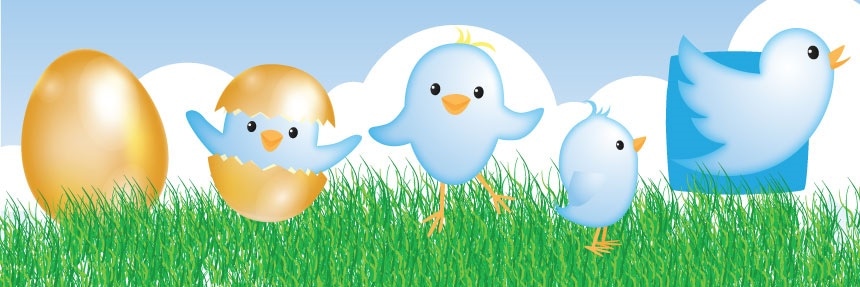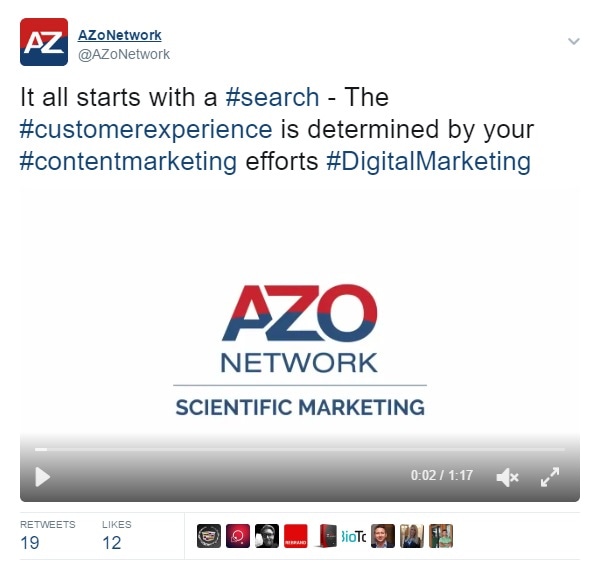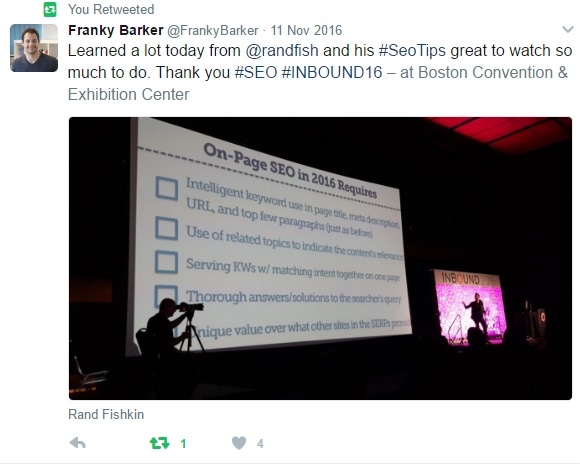
With over two hundred million users worldwide, Twitter is one of the most popular social media platforms and should play a key role in any marketing strategy. However, there is a big difference between the odd post here and there, and using Twitter effectively.
Here, we highlight four key areas to successfully implement Twitter in a marketing strategy.
Post Frequency
How often you post on Twitter is an important consideration.
Many companies create a Twitter profile to create an online presence but never post anything as they believe having the profile is enough. This type of account will not generate a following and a neglected Twitter handle looks unprofessional.
On the other hand, some companies post constantly, inundating their followers with a barrage of tweets that take over the timeline. Users are far more likely to unfollow an account that does this.
"One or two tweets every day will work, the key is consistency"
So, post too little and you’re wasting an opportunity, post too much and you risk spamming your followers. 10 – 15 tweets per day is a good average, although just one or two tweets every day will work, the key is consistency.
Social media management platforms, such as Hootsuite or Buffer, are fantastic tools to help you keep your account active. Bulk scheduling tweets will save time, ensure you have content being posted and remove the risk of over-posting, as you can see exactly what is going to be posted and when.
Twitter analytics is also a valuable tool. You can use the analytics to see when your followers are more active and schedule tweets accordingly to reach a wider audience.
Quality Content
You’re now posting frequently, but are you tweeting quality content? A basic text-only tweet is no longer enough; your content needs to stand out as the platform is very fast-paced and it’s easy for a tweet to get lost in the timeline.
The simplest way to increase engagement is to include a link in a tweet – 86% of tweets that include links have a higher engagement rate.
Tweets that include photos or videos also have a much higher engagement rate than those without:
- Tweets with images have a click through rate 18% higher than those without
- Tweets with videos provide a 28% increase in engagement
Images and video also provide you with a way to express your message in more than 140 characters. An infographic or explainer video provides your followers with more information than a basic tweet and is much more likely to stand out on a timeline.
Getting images and videos right can be difficult. Ensure that the media you post is relevant and interesting. While cat videos are popular online, they won’t help you sell your products and services.
Sizing is also an important consideration; Twitter resizes images to fit on desktop and mobile devices, so ensure that what you are posting is the correct size or risk having important information cropped out.

Hashtags
A critical factor when posting quality content is the use of hashtags.
Less is more with hashtags, just one or two provides 21% more engagement than if you use three or more. Using too many hashtags can also make tweets look unprofessional.
"Hashtags are essentially keywords"
Hashtags are essentially keywords; only hashtag words or phrases that you want to be found for. Twitters trending topics feature is another useful tool; if you see a hashtag trending and you have content that is relevant, get posting!
Building Relationships
Due to the 140-character limit, Twitter is a social media platform made for sharing content, unlike Facebook or LinkedIn, which are designed for users to connect and communicate. However, don’t completely disregard Twitter as a platform to connect with your customers.
Interacting with users on Twitter is an easy way to make your business more approachable to your target market. It could be a simple ‘Thank you for following/sharing’, or retweeting a user that posts content relevant to your audience.
If you have a lot of clients on Twitter, sharing their content is also a great way to improve relationships, and demonstrate that you are going the extra mile.

One mistake that is often made is not replying to tweets. Obviously, not all tweets require a response, but it is important to take the time out for those that do. Users will appreciate the response and this creates a positive brand image.
Social media is a powerful tool to use within a marketing strategy, and Twitter plays a key part. Using Twitter can greatly enhance your brand image online, and result in increased engagement with your content if used correctly.